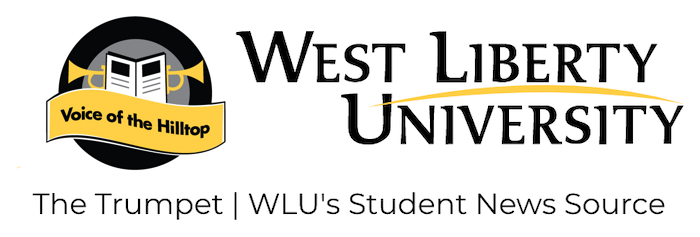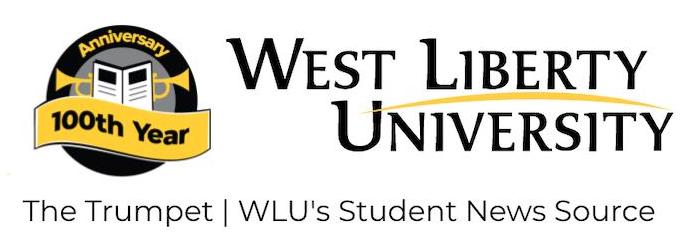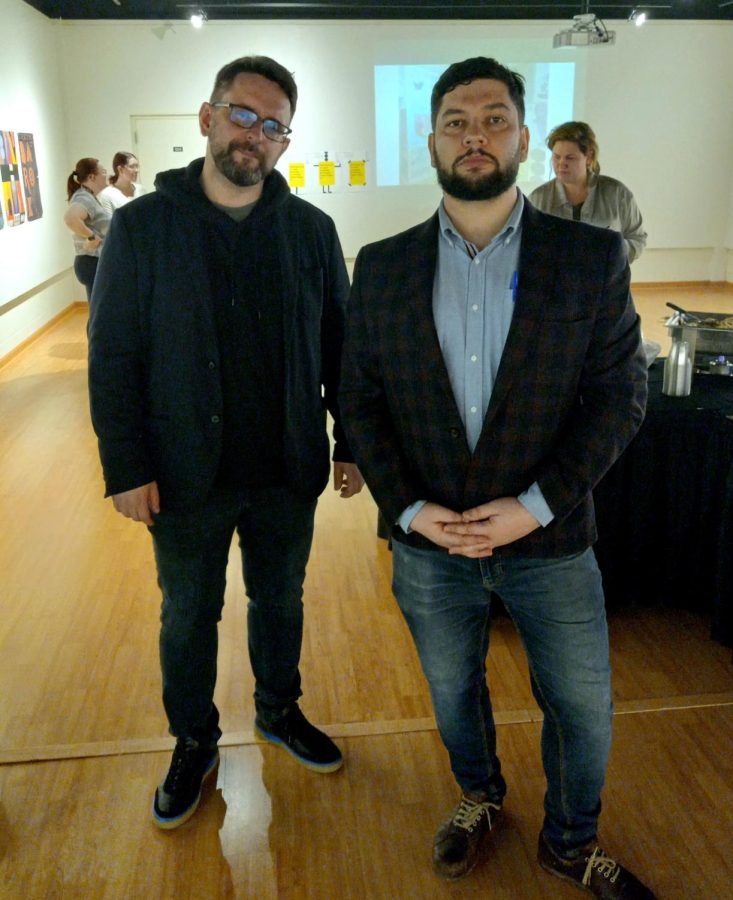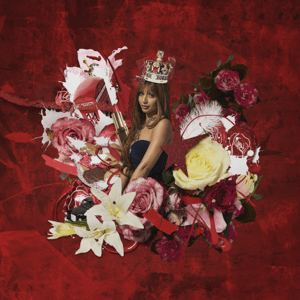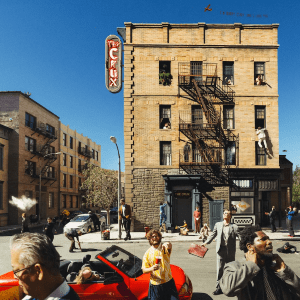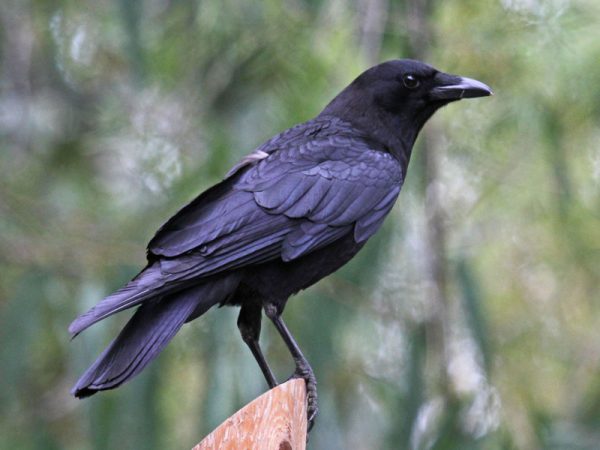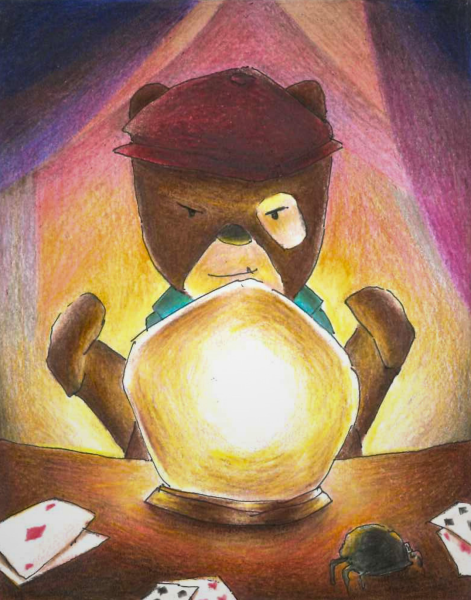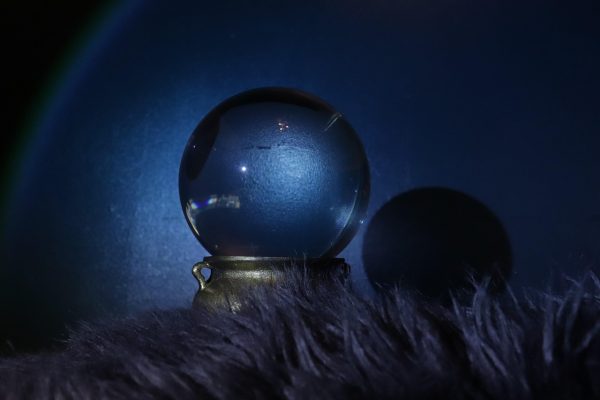Visiting Polish artists speak of creative plans for the future
The Polish Artists Exhibit was held on April 6 and showcased art by the most respected Polish poster artists of today. It showcased 50 artists representing national artistic and academic centers including: Gdańsk, Kielce, Kraków, Łódź, Olsztyn, Poznań, Szczecin, Toruń, Warsaw and Wrocław.
Maciej Zdanowicz, a curator of the exhibit, explained the inspiration of a couple of Wojciech’s posters by saying they are “connected with social problems in our country. One of his posters shows a black cloud that hides a flag of LGBTQ society. This is a critical perspective of the policy of our government, especially the lack of respect for various minorities, including sexual minorities.”
There was a poster that displayed the colors of Ukraine which was cleverly placed in the middle of a poster wall. Thinking back on my time at the exhibition, that poster caught my attention the moment I walked into the room.
Brian Fencl, professor of art, said, “The University that we partner with in Poland is very close to the Ukrainian border so the timeliness of the show is interesting. In the show there is a poster of a dove with an olive branch painted in the colors of the Ukrainian flag. The dove is upside down to show that it is in distress. The poster was created several years ago during the last Russian invasion and it points out that in the United States we are incredibly lucky and that around the world freedom shouldn’t be taken for granted.”
This exhibition is the third edition to a larger project. Zdanowicz said, “The earlier presentation took place in Poland in May and June of 2021 at our Jan Kochanowski University of Kielce at the Academic Art Gallery of the Institute of Visual Arts and in February of 2022 at the Warmia and Muzury University in Olsztyn at the Stara Kotłownia Exposition Center.”
Zdanowicz says the posters are very important to all involved and there could be no favorites. These posters are not merely art to him.
Zdanowicz says, “These artworks are like documents, an extensive archive of relevant events, moments and movements in our country for the last 22 years. Some of them show a critical view of social and cultural phenomenons, political life bias and our culture and life conditions. This exhibition has different dimensions. On the one hand, the presentation is a set of the best Polish posters from the last 20 years and evidence of the Renaissance in this field of art. On the other hand, we are witnessing the change of our country and Polish society.”
Another poster I thought was eye-catching was the poster that said, “I can’t live without u but I can’t live without u.” The lighter ink spelled out utopia. I also highlighted the vibrant poster that spelled out, “We are all one.” There were also posters that sparked my imagination like the half of a horse poster with rats coming out of a cage where the other half should be. In addition, there was also a poster that referenced Joker from Batman. The face of the Joker was made of humans.
Fencl said, “It’s a great show and was really interesting to be able to be with our partners from Poland. Polish posters are really exciting because of how they balance the artist’s expression, design knowledge and oftentimes an unusual use of media. Because of the oppression the Polish people experienced through most of the 20th century they have mastered how to express themselves visually on the subjects of freedom and human rights.”
This is not the complete end to this great project. The final goal is an online publication before the year is up with all the posters with a history of Polish posters and their owners.
Zdanowicz also has another goal in mind: “We are also preparing the 1st International Biennial of Posters in Social Change in our home city Kielce. It is the first such initiative in our country where poster artists engaged in social problems can exchange some ideas and experiences. It is essential, especially now at the time of war in Ukraine and Syria, democracy, and climate crisis.”
For more information on Zdanowicz, go to his webpage or Instagram. Another curator that accompanied Zdanowicz in the exhibit was Wojciech Domagalski. Domagalski can be found on Instagram and his website. To check out some of the art present at this event and previous pieces created by these artists, view this studio link.
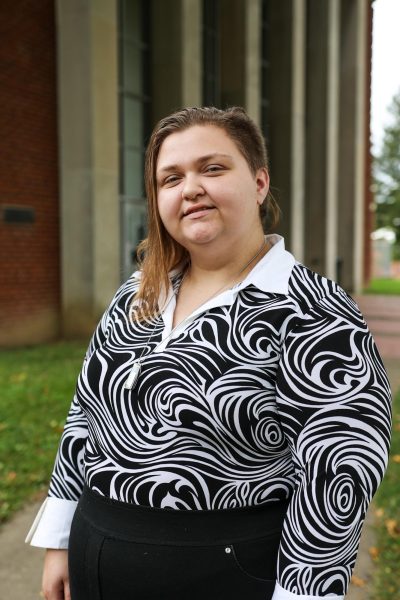
Haley Blakemore is a Senior in English Literature with a minor in Journalism from Reeader, WV. Blakemore has been on staff for the Trumpet since 2019....
